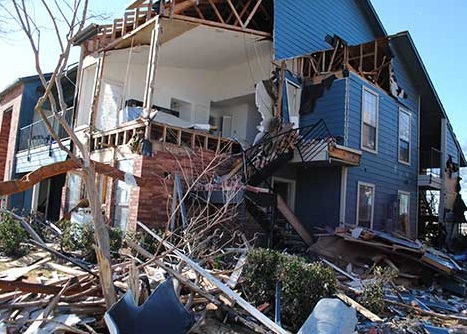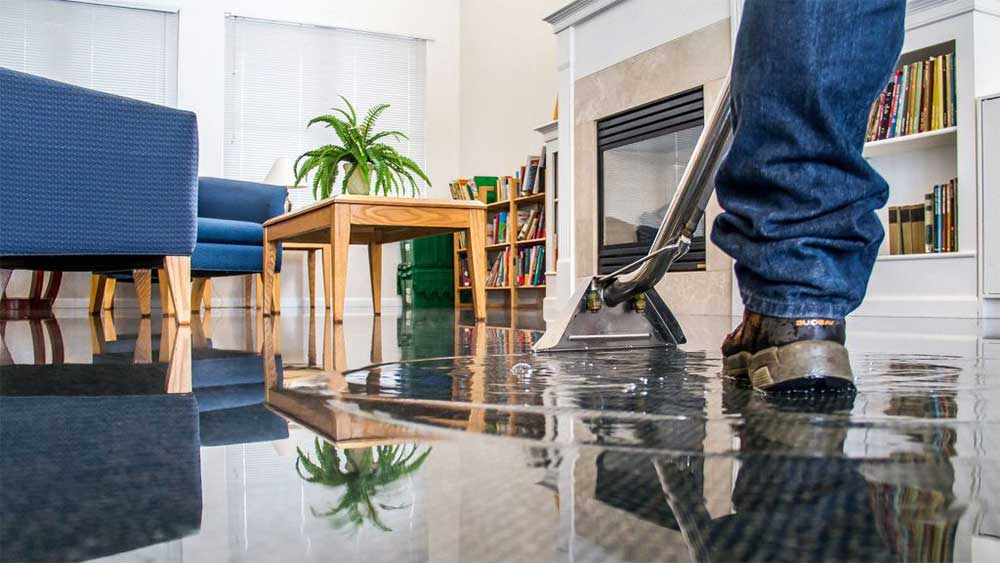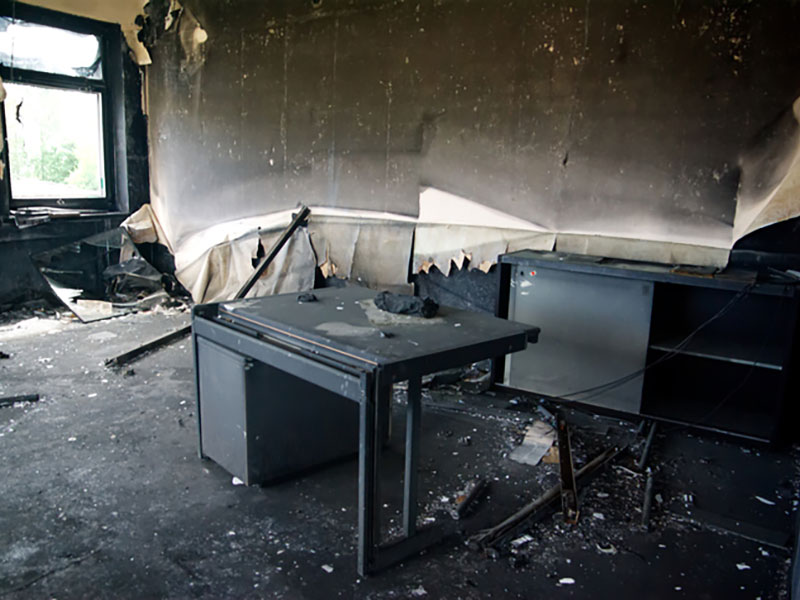Flooding is one of the most devastating natural disasters that can affect homes, leading to extensive damage and long-term consequences. The severity of the damage depends on factors such as the depth of the water, the duration of the flood, and the construction materials of the house. Below are some of the most common damages caused by floods and how professional repair services address them.
1. Structural Damage and Repair One of the most severe impacts of flooding is structural damage to the foundation, walls, and floors. Water can weaken the structural integrity of a house by causing wood to rot, metal to corrode, and concrete to crack. Professional repair services conduct thorough inspections to assess the extent of the damage. They may use foundation reinforcement, structural drying techniques, and material replacements to restore stability and safety.
2. Electrical System Restoration Floodwaters can severely impact the electrical system of a house. Water exposure to electrical outlets, wiring, and circuit breakers can lead to short circuits, power failures, and even fire hazards. Electricians first ensure the power supply is safely shut off before inspecting and replacing damaged components. They may rewire parts of the house, replace corroded outlets, and test circuits before restoring power.
3. Mold and Mildew Remediation Excess moisture creates the perfect environment for mold and mildew growth, which poses significant health risks. Mold remediation specialists use industrial dehumidifiers, air scrubbers, and antimicrobial treatments to eliminate mold and prevent future growth. In severe cases, they may remove and replace contaminated materials such as drywall and insulation.
4. Restoration of Personal Belongings Furniture, appliances, clothing, and valuable documents can be severely damaged or completely destroyed by floodwaters. Professional restoration services use specialized drying chambers, vacuum freeze-drying techniques, and ozone treatments to salvage items whenever possible. Electronic devices may undergo thorough drying and repair, although some may be beyond restoration.
5. Plumbing and Sewage System Repairs Flooding can overwhelm sewage systems, causing backups that introduce harmful bacteria and contaminants into the home. Plumbing professionals inspect and sanitize affected pipes, drains, and sewage systems. In cases of severe contamination, they may replace damaged pipes and install backflow prevention devices to minimize future risks.
6. Wall and Insulation Replacement Drywall, plaster, and insulation materials are highly absorbent and can be severely affected by flooding. Once soaked, these materials lose their effectiveness and must often be replaced. Repair teams remove water-damaged sections, dry the affected areas, and install new materials to restore insulation and prevent mold formation.
7. Flooring Repair and Replacement Different types of flooring react differently to floodwaters. Hardwood floors may warp and buckle, carpets may become saturated with contaminated water, and tile floors may experience damage to the adhesive. Restoration teams assess the flooring damage and determine whether drying and refinishing are possible or if complete replacement is necessary.
Conclusion The damages caused by flooding can be overwhelming and costly to repair, but professional restoration services play a crucial role in mitigating the impact. Homeowners should take preventive measures, such as improving drainage systems, sealing foundation cracks, and installing sump pumps, to reduce the risk of severe flood damage. After a flood, prompt cleanup and professional assessment are essential to ensure the home remains safe and habitable. By understanding the repair processes for common flood damages, homeowners can make informed decisions and restore their homes more effectively.



